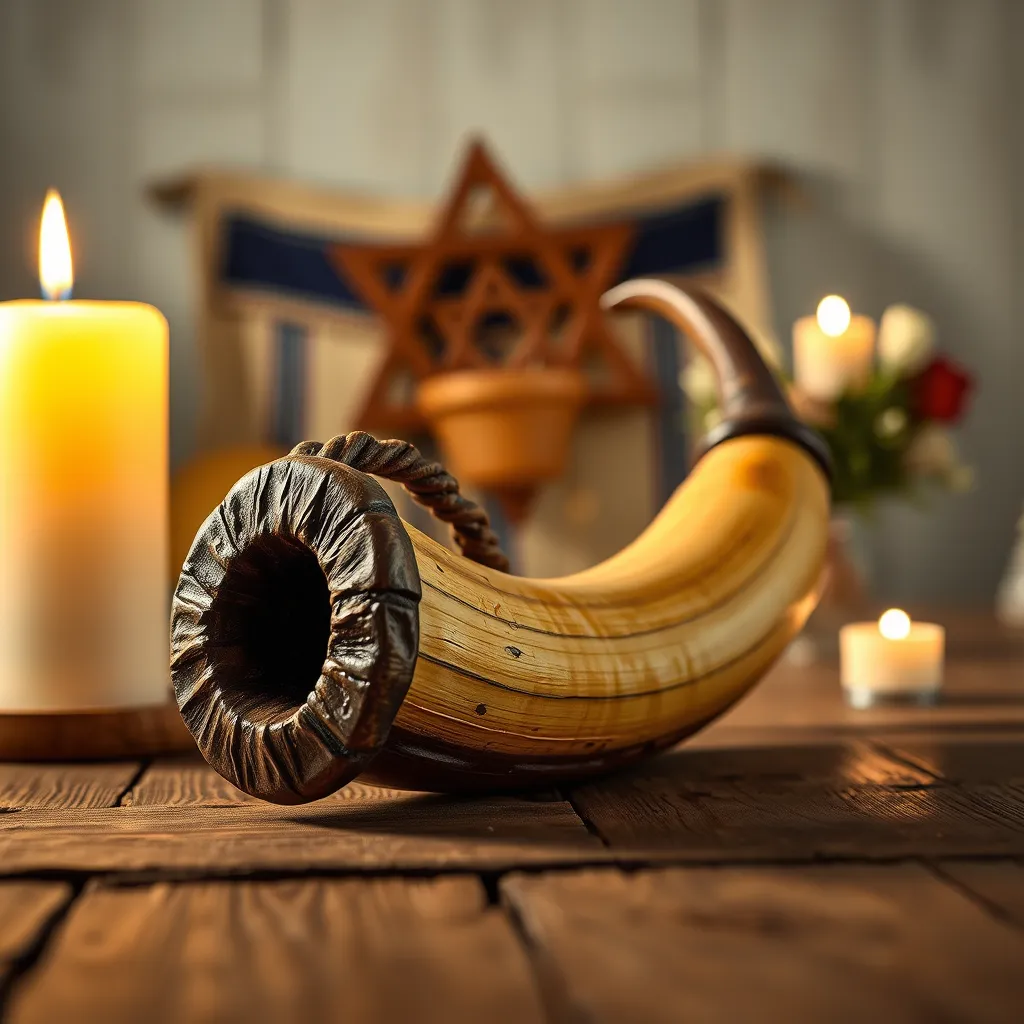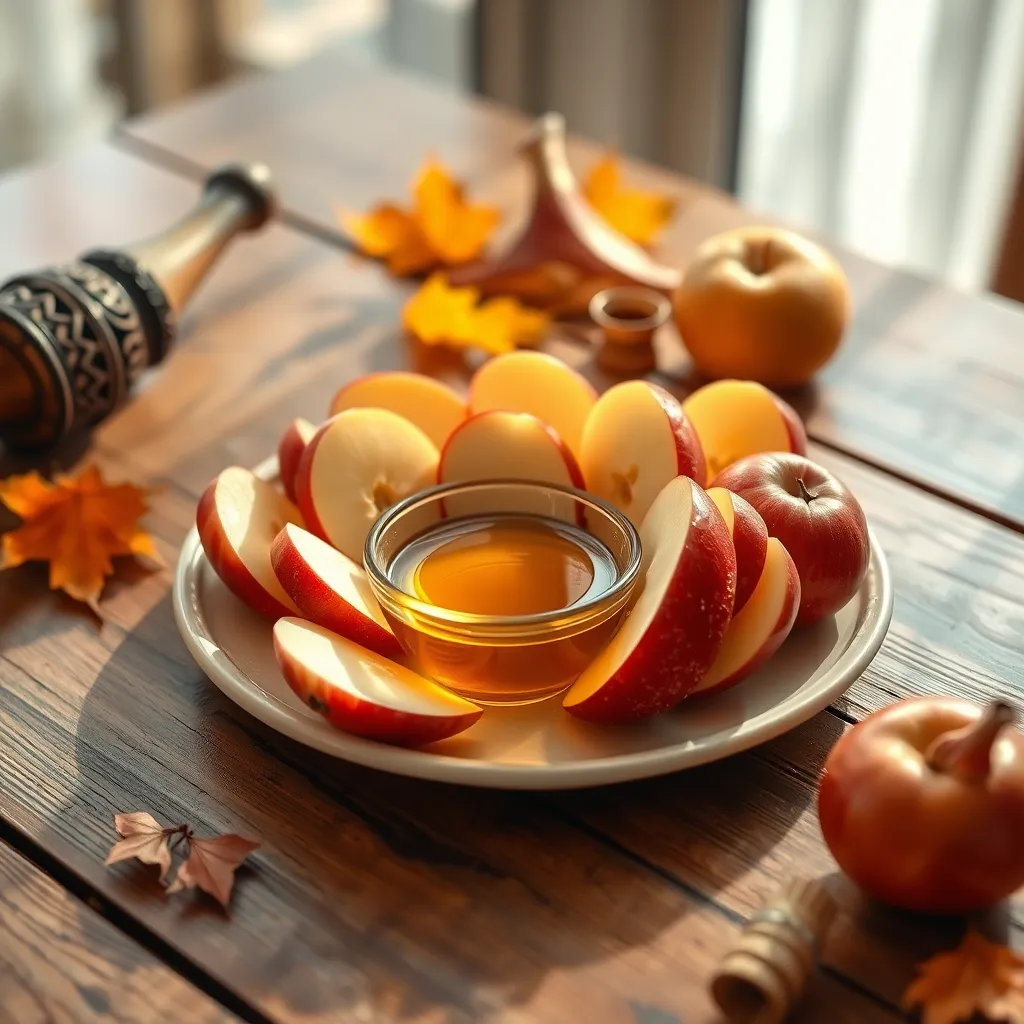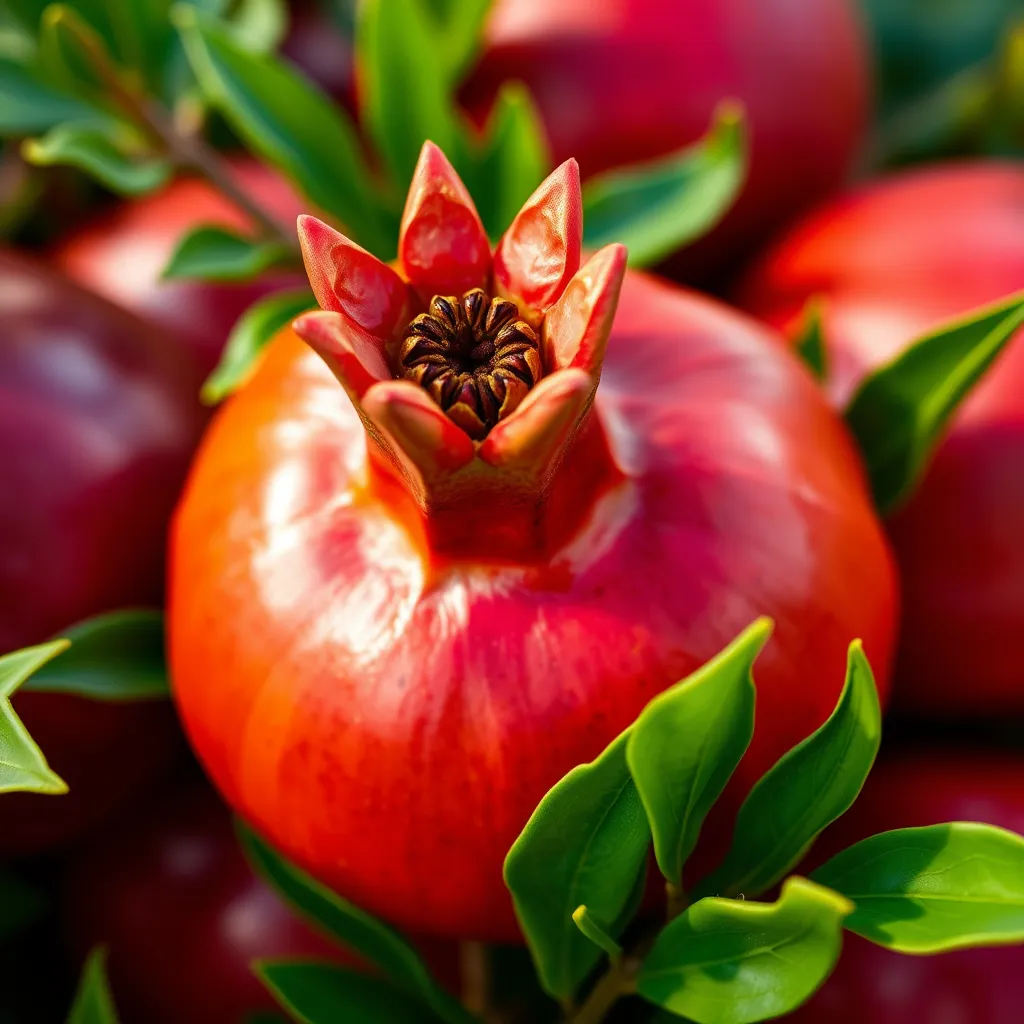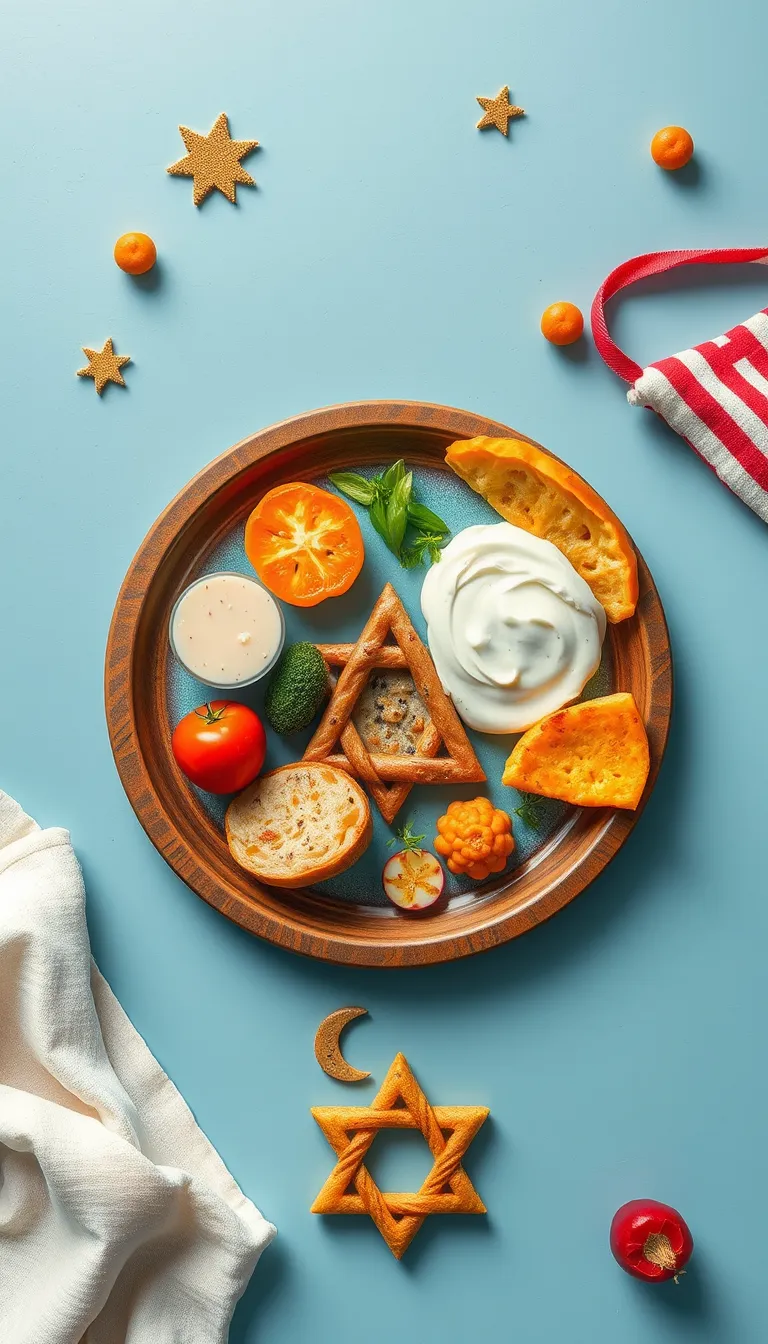Experience the Rich Flavours of Jewish Heritage
Exploring Jewish Traditions: The Sweet Symbolism of Apples and Honey on Rosh Hashanah
Top 5 Questions People Ask About the Jewish New Year (Rosh Hashanah):
What is Rosh Hashanah? Rosh Hashanah is the Jewish New Year, a time for reflection, prayer, and repentance, marking the beginning of the 10 Days of Awe leading to Yom Kippur.
What traditions are associated with Rosh Hashanah? Traditions include blowing the shofar, attending synagogue, and eating symbolic foods such as apples dipped in honey.
Why do Jews blow the shofar on Rosh Hashanah? The shofar serves as a spiritual wake-up call, symbolizing repentance and renewal.
What foods are eaten on Rosh Hashanah? Apples dipped in honey, pomegranates, and round challah are traditional foods symbolizing sweetness and abundance for the new year.
When is Rosh Hashanah celebrated? Rosh Hashanah typically falls in September or October, based on the Hebrew calendar.
Celebrating the New Year
Rosh Hashanah marks the Jewish New Year, and eating apples dipped in honey symbolizes the hope for a sweet and prosperous year ahead. This tradition emphasizes renewal and the sweetness of life.


Symbolism of Sweetness
The act of dipping apples into honey is rich with symbolism. Apples represent the sweetness of life while honey evokes dreams and desires for a year filled with happiness, health, and fulfillment.
A Community Tradition
Sharing apples and honey within families and communities promotes togetherness and connection. The act of eating together highlights the importance of unity and cooperation in celebrating the New Year.

The Shofar's Significance: A Call to Reflection and Renewal in Jewish Festivals

A Wake-Up Call for the Soul
The shofar's sound serves as a spiritual alarm, urging individuals to engage in self-reflection and repentance. It marks the beginning of the Jewish New Year, inviting people to evaluate their past actions and aspire for spiritual growth.

Connection to Ancestral Tradition
Blowing the shofar connects the present generation to Jewish ancestors, invoking centuries of tradition. Its sound resonates through history, reinforcing communal identity and the timeless practice of seeking forgiveness and renewal during the High Holidays.

A Symbol of Divine Sovereignty
The shofar represents the call to acknowledge God's sovereignty and reign over the universe. Its powerful blasts are not just for reflection but also to proclaim the majesty of God, reminding the community of their faith and divine purpose.
A Culinary Journey: Top 5 Jewish Meals Celebrated Across Festivals

The Sweet Start: Apples and Honey
On Rosh Hashanah, eating apples dipped in honey symbolizes a sweet new year. This tradition embodies the hope for a year filled with blessings and joy, making it a pivotal part of the holiday meal.

Shabbat Dinner: A Family Tradition
Shabbat meals typically feature challah bread, wine, and a variety of dishes like kugel and brisket, providing a comforting opportunity for families to gather and celebrate tradition every week.

Seder Plate: Symbolism and Storytelling
During Passover, the Seder plate holds symbolic foods like matzah, maror, and charoset, each representing aspects of the Exodus story, inviting participants to reflect and engage with their heritage through food.
Top 5 Jewish Meals and Their Popularity:
Challah: The Sweet Symbol of Shabbat
Challah is a braided bread often served during Shabbat and Jewish holidays. Its slightly sweet flavor and beautiful presentation make it a centerpiece of Jewish meals, symbolizing joy and the sanctity of the day.
Challah and Shabbat Dinner: Eaten on Friday nights to welcome the Sabbath, this meal typically includes challah, wine, and dishes like chicken soup and kugel.
Why Popular? Shabbat meals are central to Jewish family life and religious practice.


Latkes: A Taste of Tradition
Latkes, or potato pancakes, are a beloved dish during Hanukkah. Fried to crispy perfection, they are traditionally served with applesauce or sour cream, representing the miracle of oil and the festive spirit of the holiday.
Brisket: A Family Favorite
Brisket is a staple in Jewish cuisine, often served during Passover and other holidays. Slow-cooked to tender perfection, it embodies family traditions and gatherings, making it a cherished dish at festive meals.

Jewish Festival Foods, Their Ingredients, and Preparation:

Apples and Honey for a Sweet Year
During Rosh Hashanah, Jews eat apples dipped in honey to symbolize hopes for a sweet new year. The combination highlights themes of renewal and divine blessing associated with the harvest season.

The Shofar: Sound of Reflection
The shofar, a ram's horn, is blown during Rosh Hashanah services to awaken the spirit and call for repentance. Its unique sound marks the beginning of the Jewish new year and serves as a reminder of faith.

Challah Bread: A Symbol of New Beginnings
On Shabbat and festivals, round challah is served, representing the cycle of life and the continuity of faith. The braided bread is often sweetened for celebratory meals, emphasizing joy and abundance.
Biblical References to Foods:

Manna: The Divine Sustenance
In the Book of Exodus, manna is described as a miraculous food provided by God to the Israelites in the desert. It symbolizes divine provision and reliance on faith during difficult times.

Fruitful Promises: Pomegranates
Pomegranates appear frequently in the Bible, symbolizing abundance, prosperity, and the commandments. They are linked to the Jewish New Year, Rosh Hashanah, representing a hope for a fruitful year.

The Bread of Affliction
The unleavened bread, or matzah, is a key symbol during Passover, representing the haste of the Israelites' escape from Egypt. The Bible teaches us about humility and remembrance through this ritual food.
FOOD CHAT
Chat about Food
Jewish food for all nations
© Copyright 2024 Company Name
